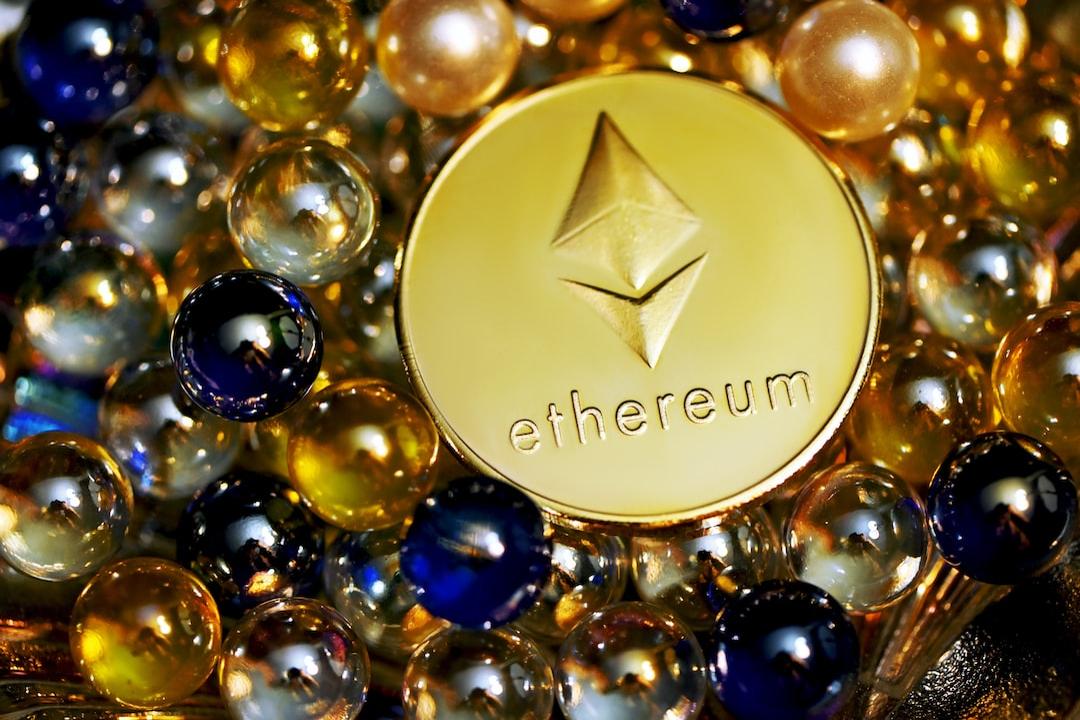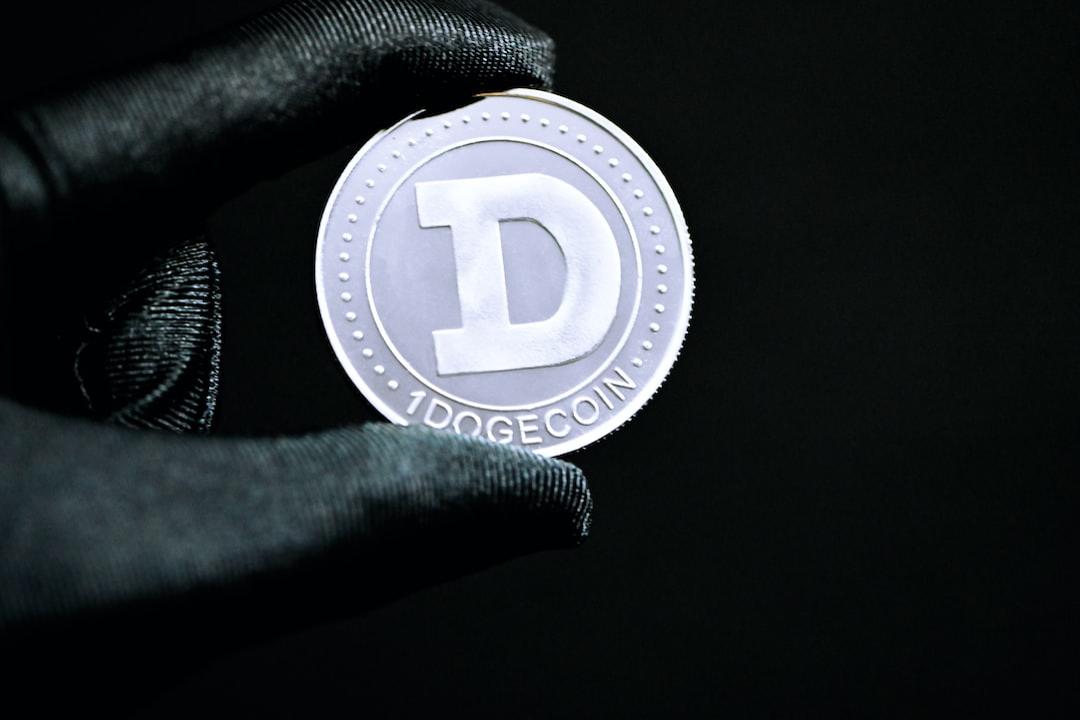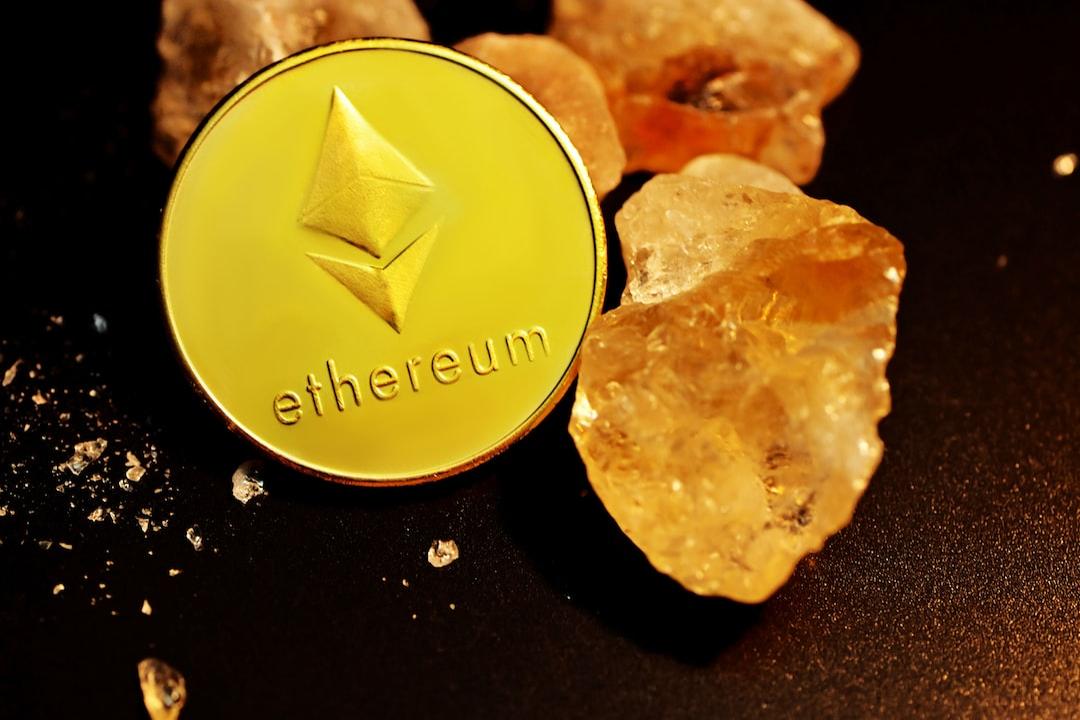People Hurt by “Score Flushing” Are Leaving Binance Alpha’s Gold Mining Track
(Background: Binance Alpha “ZKJ and KOGE plummeted 81%”, users suffered liquidity attacks: only 20% of assets left after score flushing)
(Supplementary Background: Binance Alpha’s new airdrop system launched on June 19 in two phases: high-point users first, followed by first-come, first-served until the reward pool is exhausted)
After the flash crash of $ZKJ and $KOGE, the activity level on Binance Alpha has significantly declined. According to Dune data, the number of Alpha trading users dropped sharply from a peak of 233,000 on June 12 to 195,000 on June 15, losing nearly 40,000 users in just three days, marking a significant decline. As of today, the actual number of users trading on the platform has further reduced to 70,000, indicating a cliff-like drop in user enthusiasm and willingness to participate. At the same time, the marginal cost of score flushing has significantly increased, and the cost-effectiveness of the Alpha game is rapidly deteriorating.

Meanwhile, some recent projects launched on Binance Alpha have shown signs of “instant pouring upon launch.” BlockBeats calculated the profits of the new point acquisition project VELO on Binance Alpha. Under normal circumstances (with a $1,000 principal), the profits for Alpha users in this period are marginally positive. If trading between Alpha tokens is calculated, daily trading losses can reach $4, with expected earnings of $224 over 30 days, expected costs of $120 over 30 days, and expected profits of $104 over 30 days, averaging $3.5 per day.

Starting from 00:00 (UTC) on June 17, 2025, Binance Alpha will officially implement new regulations, and the trading volume between Alpha tokens will no longer be counted towards Alpha Points calculation. This means that strategies that previously relied on arbitraging score flushing pools like ZKJ/KOGE will no longer be effective. Users will face higher thresholds for score acquisition and a more complex liquidity structure.
It is foreseeable that, affected by the crash of $ZKJ, Binance Alpha’s incentive model is entering an adjustment period. The direct consequence of this mechanism replacement is that a large number of users who were originally active in the Alpha ecosystem are choosing to exit. Some have incurred losses in the $ZKJ/$KOGE dual token pool, while others have found that the marginal returns from score flushing have fallen below transaction costs and are no longer willing to invest energy.
In this interview, BlockBeats spoke with several Alpha users, including LP providers who suffered actual losses during this round of declines and ordinary participants who attempted “score flushing arbitrage” but did not achieve the expected returns. Some of them have already decided to completely withdraw from the Alpha game, while others are still hesitating whether to continue looking for new opportunities. Through their narratives, we can restore the true emotions and thoughts behind this “cliff-like exodus.”
Those Who Have Given Up
“The early-stage returns were indeed high, and transaction fees were low, especially since I was on Adventure Island. By late May, I had gradually added up to 20 accounts. Due to frequent face recognition, I handed over the account management to them, and I was maintaining a daily trading volume of $16,000 while score flushing.”
However, as the number of participants increased and competition intensified, Jiang Jiu noticed alarming signs by mid-June: “On the 14th, I sensed something was wrong. That day, a few accounts experienced significant losses, totaling 160 USDT. It was too unusual, but I was troubled about how to change my strategy and ignored the impending risk that I was unwilling to admit, perhaps I had too much hope.”
More regrettably, during the ZKJ crash, a friend of Jiang Jiu mistakenly thought his question “Have you finished flushing?” was a prompt and hurriedly increased his position in ZKJ, ultimately incurring a loss of up to 60%. Jiang Jiu recalled that he initially intended to wait for his friend to respond before reminding him not to continue flushing and to observe the situation. However, the other party misunderstood his intention and immediately traded. After the purchase, he found it impossible to sell smoothly and sought help from Jiang Jiu. Unfortunately, Jiang Jiu did not have time to explain in detail how to set a low price to exit quickly, leading to his friend helplessly watching the price drop. He admitted that the core of this loss lay not in luck but in information assessment and communication costs.

When asked if he had contacted the project party, Jiang Jiu stated that he did not attempt to seek feedback, “Such things are too common in the crypto circle. Unless the trading platform is willing to take the lead, otherwise, retail investors who lose money just lose money, and there’s no place to seek justice, one still has to remain cautious.”
He also added that since losing the low-fee trading pools like ZKJ and KOGE, the losses from score flushing have significantly increased, with rewards dropping to around 50-60 USDT, while the score thresholds keep rising. He is on the verge of giving up, “But I still want to struggle a bit to see the returns for the next few rounds. If it doesn’t go well, I will have to give up.”
Unlike Jiang Jiu, Wen Xiang operated four accounts and had approximately 5,000 USDT in total profits before the crash. He noticed abnormal fluctuations in ZKJ the day before the crash but, due to the subsequent price rebound, it increased his gamble mentality.
“I noticed the fluctuation in ZKJ the day before. I held on for an hour, and when I saw it rebound, I made a profit of 5 USDT. On the day of the crash, I noticed the spikes were severe, thinking it would be the same as the day before.”
This gamble mentality led Wen Xiang to continue entering the market even after his first account was trapped with a loss of 30 USDT, “I thought it would be the same as the day before, normal spikes, so I did not touch this account and continued with the second account, 1800 USDT, but then the second account started to crash too.”
Ultimately, Wen Xiang decided to cut losses when the price fell to 0.8, with total losses exceeding 2,000 USDT, “I still did not pay enough attention to risk. I should have observed the liquidity in the pool more; indeed, that day there were large withdrawals from the pool.”

Wen Xiang believes that the Alpha project is nearing its end, “The input and output are no longer proportional. Being trapped a few times means it was all in vain; today, all my accounts have withdrawn with the minimum guarantee.”
Not only Wen Xiang, but many interviewees in BlockBeats mentioned the decreasing input-output ratio of Binance Alpha, and many no longer choose to adopt multi-account strategies. The window of Alpha’s bonuses may be closing.
Continuing Score Flushing Despite Sunk Costs
Jie Ge is a builder of the BSC ecosystem community and has been participating in Alpha activities since the initial Shell initial offerings. As a communicator of information within the community, he also could not avoid this systemic risk.
“I felt that when ‘stablecoins’ were no longer stable, price fluctuations would be significant. I had already sensed that a gray rhinoceros was about to arrive. However, due to the management work of the accounts and the time spent on score flushing, it filled my personal life, which prevented me from controlling the situation in time,” Jie Ge said.

During the crash, Jie Ge promptly stopped losses and notified group members but still faced significant losses. He believes this loss cannot be entirely attributed to luck: “One can only say that I need to pay tuition to the market again. There are still many methods to avoid such situations. It’s just that I coincidentally encountered this timing while doing large trades, and both accounts were trading simultaneously, making it impossible to avoid a halving situation.”
This experience made Jie Ge reflect on his risk control strategy, especially the importance of on-chain monitoring tools. He feels that he needs to introduce some on-chain monitoring tools in the future, “The first time I sensed the price of this coin and the capacity of the pool decreasing, then the price would bring greater fluctuations.”
Nevertheless, Jie Ge stated that he will continue to participate in Alpha, “If there is profit, it’s worth continuing to strive, and of course, I look forward to more innovative and fair launch models from Alpha.”
“In the early stage, strategy 33 times with 60,000 slots, and then 66 times with 130,000 slots; the earnings have not been calculated in detail yet,” Siner introduced. This high-frequency, high-amount trading strategy can bring considerable returns during stable price periods but also exposes greater operational risks.
His main losses did not come from market fluctuations but from human errors: “Most of the losses are due to my operational mistakes. The first was forgetting to sell Koge on the 16th, then deciding to flush 130,000 slots was a bit too aggressive. The account I forgot to sell has now dropped from 1,000 USDT to 400 USDT.”
Large-scale account operations also pose efficiency challenges. “I usually finish all in 1-2 hours, but the workload for 170,000 slots is too large, resulting in empty flushing for four or five consecutive days.”
Unlike the many users exiting the market, Siner still has great confidence in Alpha’s future. When asked if he would continue to flush Alpha, Siner stated, “I must continue; I just found a method that incurs no losses.” This means he will continue to look for speculative opportunities in the Alpha ecosystem, even after the rule adjustments.
For Tian Ge, who did not incur losses during the ZKJ crash, exiting Alpha means that the sunk costs from early investments cannot be recovered, “I already have a 200% sunk cost; if I give up, it means everything goes down the drain. Moreover, if a good project goes live on Alpha later, I could break even with a wave.”
Tian Ge summarized the mentality of participating in Alpha projects: “Score flushing and earning rewards are all trash projects; do not get emotionally involved.”
Conclusion
Jiang Jiu admitted that the returns from score flushing in Alpha can no longer cover operational costs, “Currently, the rewards are only 50-60 USDT, the score thresholds are high, and the trading slippage is getting larger. One might earn only three or four dollars in a day.” The crash of ZKJ/KOGE has taken away not only the principal but also a low-cost arbitrage path. Once the Alpha project cancels the rule of counting trading volume between tokens towards points, users will face higher trading wear and a more complex score game structure.
Binance Alpha was once seen as an innovative mechanism to revitalize on-chain activity and user participation, but the current points model clearly overestimates the long-term incentive effects of trading volume and LP while underestimating the risk of structural runs.
With the implementation of Binance’s new regulations, Alpha is transitioning from a score-flushing arbitrage tool to an incentive mechanism that gradually emphasizes real interaction and value capture. This means that score acquisition will no longer only consider trading volume or LP amounts but will tilt more towards holding duration, interaction depth, and real demand.
However, for many users relying on low-cost score flushing strategies, this shift forces them to reassess the meaning of participation. If future Alpha wants to restart its growth engine, it must find a new balance between fair distribution and risk control mechanisms.
For users still exploring in the Alpha ecosystem, it is advised to strengthen risk management awareness, pay attention to indicators such as pool structure, token fundamentals, and LP concentration to avoid becoming the next victim when the next systemic risk is exposed. After all, in this constantly trial-and-error Web3 world, the window for arbitrage always exists, but the cost of stepping on landmines has never decreased.


